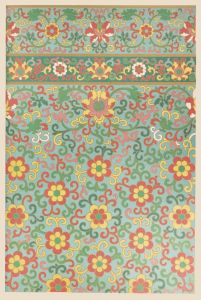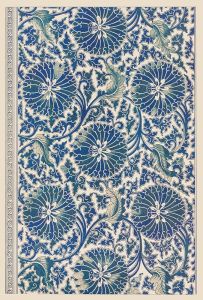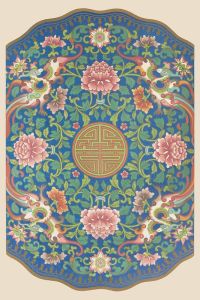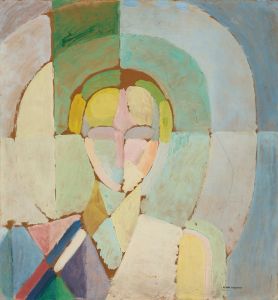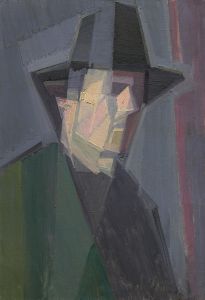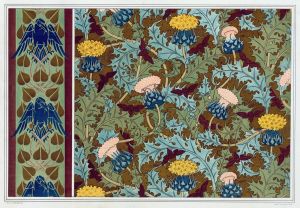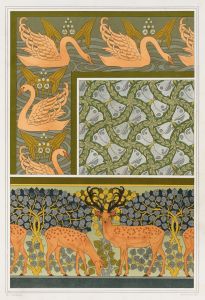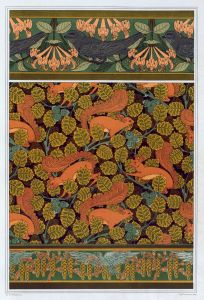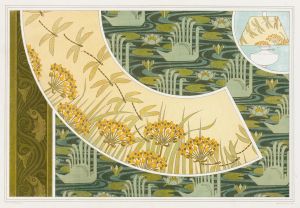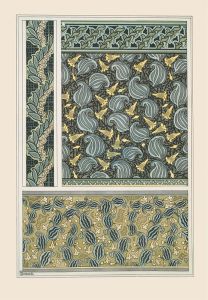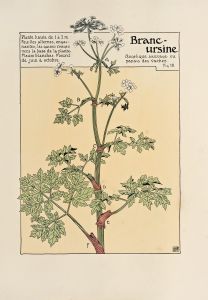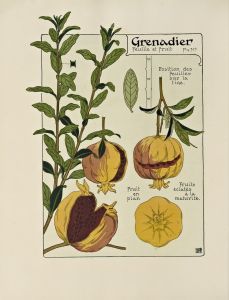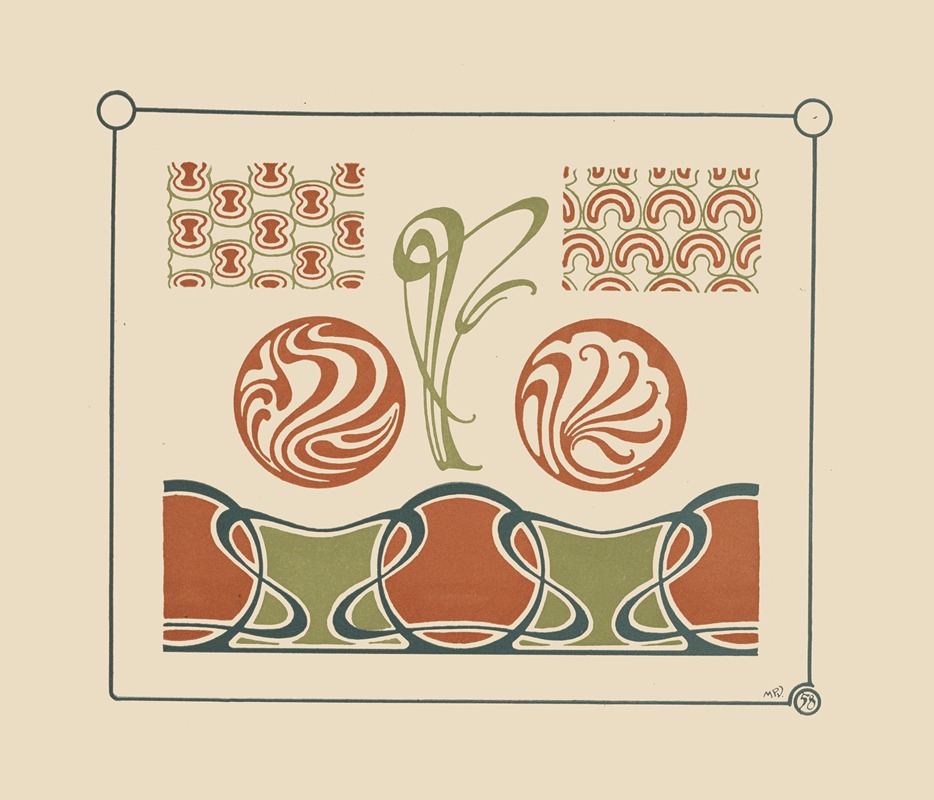
Abstract design based on organic shapes and arabesques.
A hand-painted replica of Maurice Pillard Verneuil’s masterpiece Abstract design based on organic shapes and arabesques., meticulously crafted by professional artists to capture the true essence of the original. Each piece is created with museum-quality canvas and rare mineral pigments, carefully painted by experienced artists with delicate brushstrokes and rich, layered colors to perfectly recreate the texture of the original artwork. Unlike machine-printed reproductions, this hand-painted version brings the painting to life, infused with the artist’s emotions and skill in every stroke. Whether for personal collection or home decoration, it instantly elevates the artistic atmosphere of any space.
Maurice Pillard Verneuil was a prominent French artist and designer known for his contributions to the Art Nouveau movement, which flourished in the late 19th and early 20th centuries. His work often featured intricate patterns and designs inspired by natural forms, and he was particularly noted for his use of organic shapes and arabesques. One of his notable works is "Abstract design based on organic shapes and arabesques," which exemplifies his distinctive style and artistic philosophy.
Verneuil was born in 1869 in Saint-Quentin, France, and he developed an early interest in art and design. He studied at the École des Beaux-Arts in Paris, where he was influenced by the burgeoning Art Nouveau movement, characterized by its emphasis on natural forms, flowing lines, and ornamental detail. Verneuil's work often drew inspiration from the natural world, incorporating elements such as plants, flowers, and animals into his designs.
The piece "Abstract design based on organic shapes and arabesques" is a testament to Verneuil's skill in blending natural motifs with abstract forms. The term "arabesque" refers to a type of decorative design featuring intertwined flowing lines, often used in Islamic art and architecture. In Verneuil's work, arabesques are combined with organic shapes, creating a harmonious and visually engaging composition. This approach reflects the Art Nouveau ethos of integrating art with nature, blurring the boundaries between the two.
Verneuil's designs were not limited to paintings or illustrations; he was also involved in various applied arts, including textiles, ceramics, and wallpaper. His ability to translate his artistic vision into different mediums contributed to the widespread influence of his work. Verneuil's designs were often published in pattern books and design manuals, which were widely circulated and used by other artists and designers of the time.
The influence of Japanese art, particularly the use of flat planes of color and stylized forms, can also be seen in Verneuil's work. This was a common trait among Art Nouveau artists, who were inspired by the simplicity and elegance of Japanese aesthetics. Verneuil's ability to synthesize these diverse influences into a cohesive style made his work stand out in the crowded field of Art Nouveau design.
"Abstract design based on organic shapes and arabesques" is a reflection of Verneuil's mastery of line and form. The composition likely features a dynamic interplay of curves and spirals, creating a sense of movement and rhythm. The organic shapes may evoke natural elements such as leaves or vines, while the arabesques add a layer of complexity and sophistication. This combination of elements results in a design that is both aesthetically pleasing and intellectually engaging.
Maurice Pillard Verneuil's contributions to the Art Nouveau movement have left a lasting legacy in the world of art and design. His innovative use of organic shapes and arabesques continues to inspire contemporary artists and designers, demonstrating the enduring appeal of his work. Through pieces like "Abstract design based on organic shapes and arabesques," Verneuil has secured his place as a key figure in the history of decorative arts.





